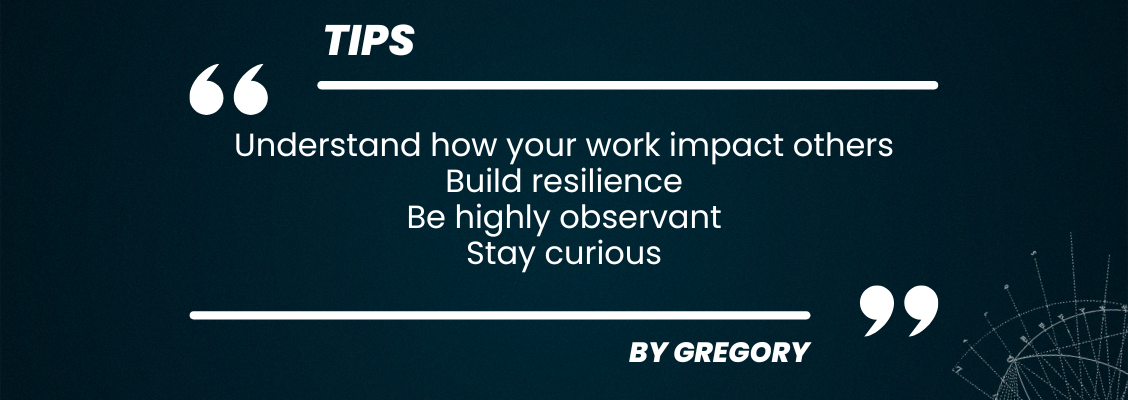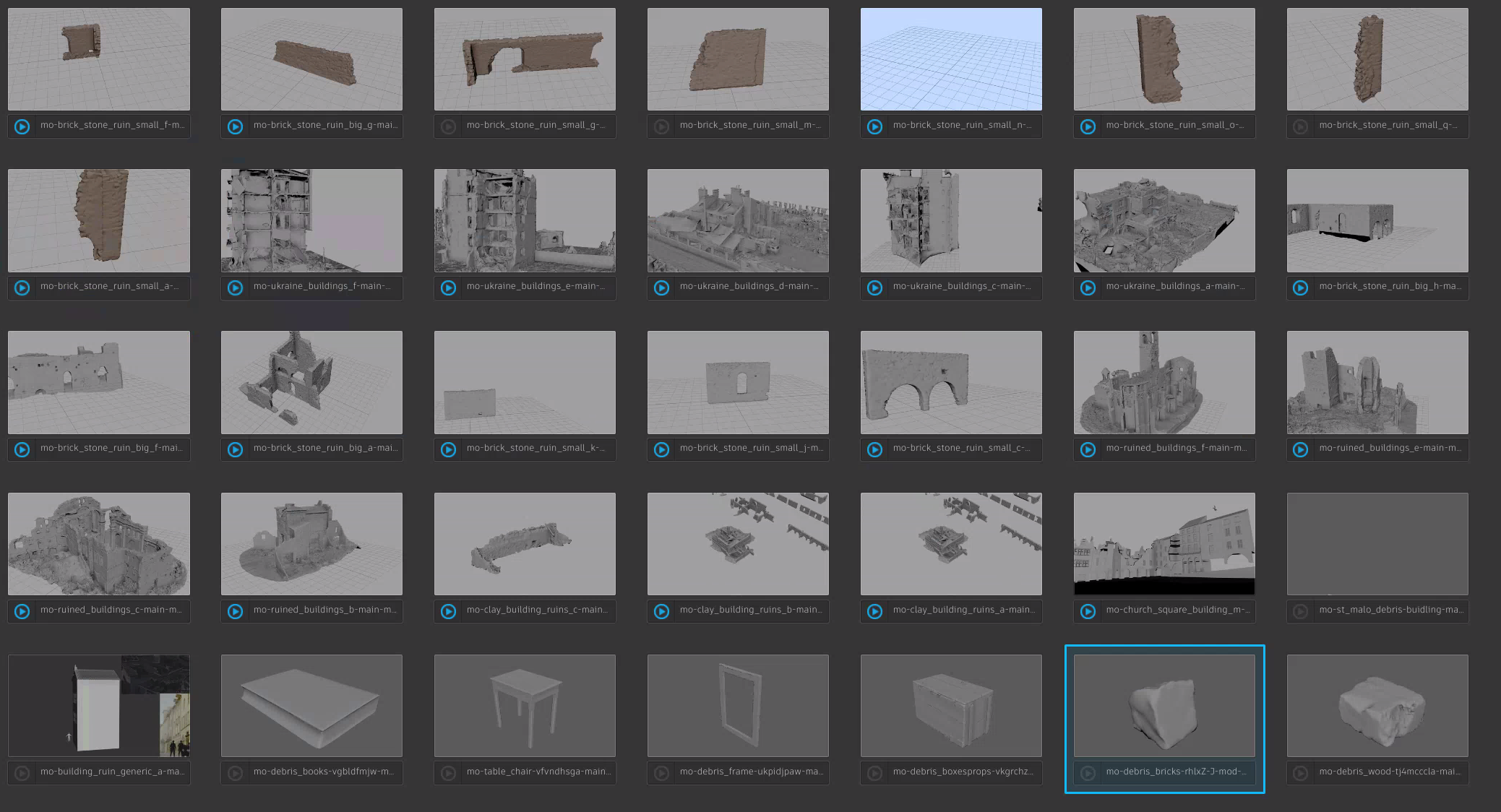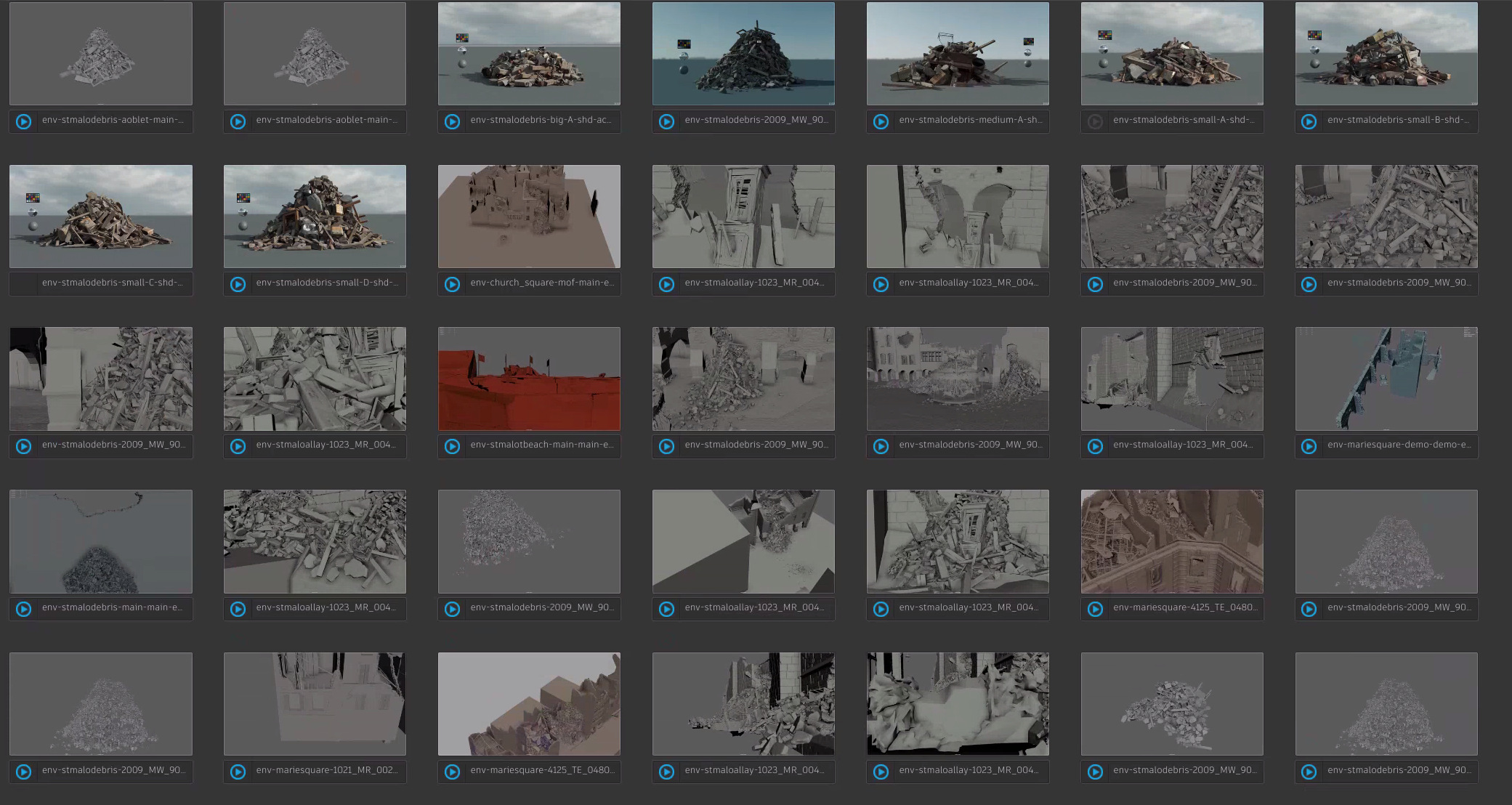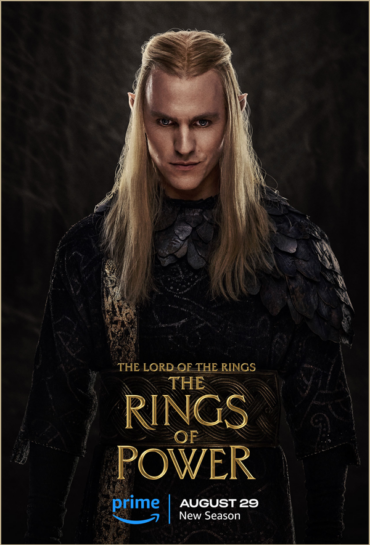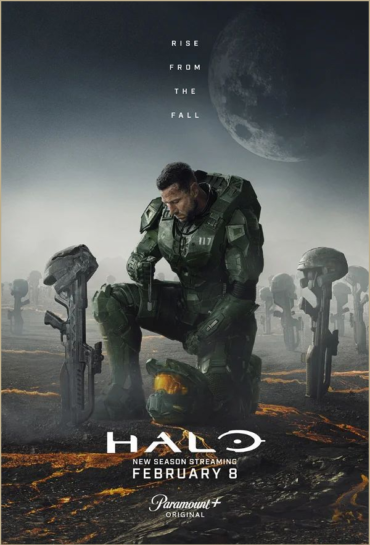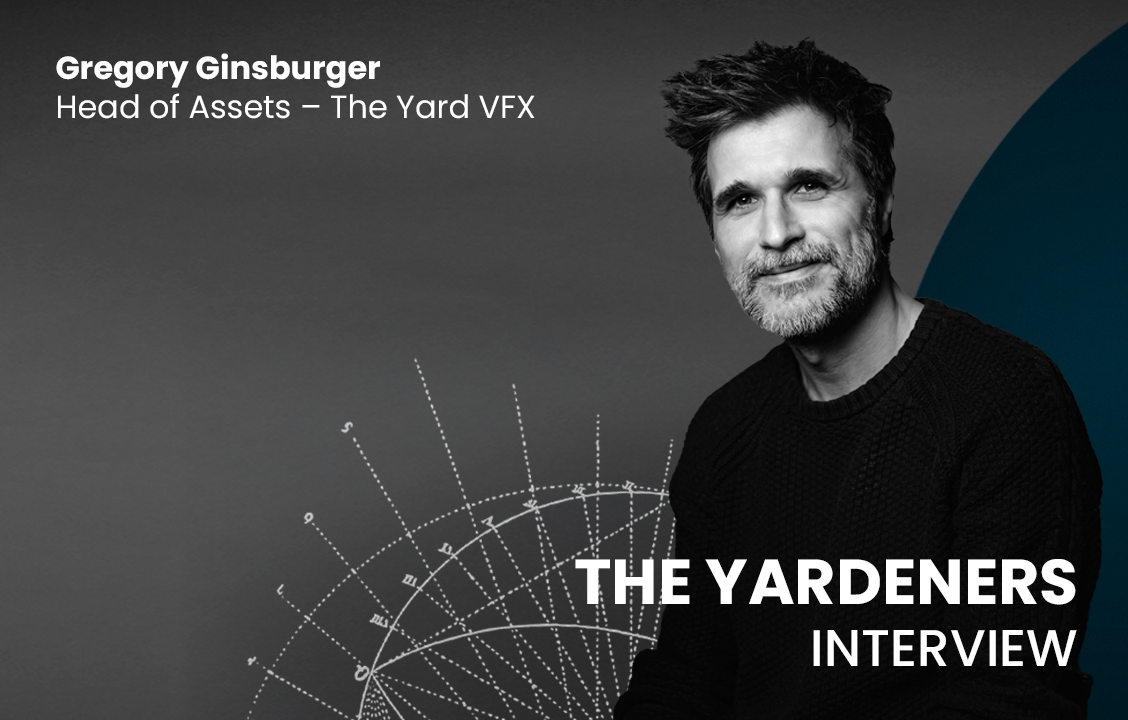
Meet The Yardeners – the passionate team at The Yard, dedicated to cultivating creativity and transforming it into stuning visual effects, inspiring collaborations, and unforgettable stories.
This week, we are pleased to introduce Gregory Ginsburger, our seasoned Head of Assets. During his two-decade career, he has contributed to major French and international VFX productions, crafted in France. Since joining The Yard, Gregory has been instrumental in shaping our studio’s most ambitious films and series.
Hello Greg ! Could you please explain your role at The Yard ?
Hello everyone! I am the Head of Assets at The Yard, and my role is as diverse as it is dynamic. It spans multiple aspects, including department leadership, team management, supervision, and pipeline and tool development. I also remain hands-on, still crafting assets myself.
My primary responsibility is to ensure that the department delivers high-quality assets that align with the creative vision of each project. This involves working closely with our talented team of artists, guiding them through the creation of assets that seamlessly integrate into the VFX pipeline. Our department oversees modeling, texturing, and look development, ensuring that every asset is both artistically compelling and technically optimized.
As a supervisor, I regularly review work, provide feedback, and troubleshoot technical challenges to maintain our high standards. My goal is to ensure that both the creative and technical aspects of asset production run smoothly, allowing us to deliver top-tier work. On the managerial side, I focus on team structuring and development, tracking each artist’s progress to support their growth. Whenever possible, the production team and I make a conscious effort to assign tasks based on individual strengths, and personal affinities—because when artists are passionate about their work, they achieve excellence. Knowing my team well is crucial as it informs my collaboration with the production planning team.
Collaboration is at the heart of our workflow. We maintain close communication with the VFX and CG Supervisors to ensure our work aligns with the overall artistic direction. We also coordinate with all the departments that will use our assets — Environment, FX, Lighting, Compositing, aso — to ensure that our assets are user-friendly, production-ready, and easily adaptable to their workflows.
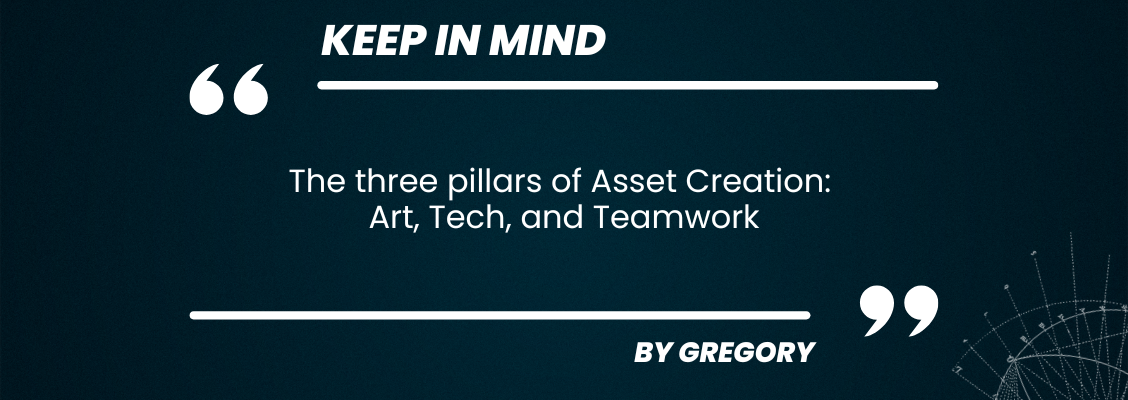
Beyond asset creation, I am involved in developing and improving our tools and pipeline. I assess the department’s technical needs and work on implementing solutions that enhance our efficiency. As we integrate new tools, I ensure that the team receives proper training to maximize their potential.
When needed, I contribute to production planning, define asset complexity, and establish development methodologies. By breaking down tasks into structured schedules, I help ensure that the deadlines are met without compromising quality.
In short, my role is a balance between artistic vision, technical problem-solving, and team leadership—ensuring that our assets meet the highest industry standards while fostering a creative and collaborative environment.
What brought you to specialize in CG assets ?
I’ve always been passionate about visual storytelling. As a child, I spent hours sketching, devouring fantasy and sci-fi novels, mangas such as Blame ! or Akira, comic books such as The Black Moon Chronicles, animated series such as CowBoy Bebop, and films of course. I have always been drawn to directors who create immersive worlds, and this is why I deeply admire David Fincher—his meticulous framing, striking cinematography, and masterful storytelling create a gripping ambiance that truly resonate with the audience.
Some of Gregory’s creative references :
My mother was a sculptor, and I naturally gravitated toward that medium, but discovering video games and later, CG imagery oin feature films and TV series and cinema, was a turning point—it made me realize I wanted to be part of this world.
The beginning of my professional path wasn’t straightforward. I initially pursued three years of plastic arts at university, which, while interesting for its focus on art history, wasn’t hands-on enough for me. So I decided to transition to a specialized CG school.

My career began at BUF, where I have been working ed as a generalist for 12 years, and developed further my specialties in modelling and texturing. This experience gave me a deep understanding of all departments and the opportunity to contribute to many films, including ones for which I designed environments and props—exactly what I loved—such as Arthur and the Invisibles.
Over time, I moved into VFX supervision while continuing to specialize in assets and training junior artists. That path eventually led me to The Yard, first on Minuscule 2, on which I supervised all the modelling (environment and assets). After a stint at Mathematic, I came back to The Yard as Head of Assets.
What do you love most about your department ?
First and foremost, the team spirit. We’re a tight-knit group with great synergy, fostering a dynamic exchange of ideas and methodologies. Knowledge-sharing is a two-way street—we learn from each other and from other departments, which makes the work environment both stimulating and rewarding.
From a creative standpoint, I love that our department lays the groundwork for every 3D project. And it is very exciting to bring to life a director’s vision through the assets we create. At the same time, we are part of a larger creative pipeline—our work only comes to life through lighting, compositing, and other departments. This interdependence makes collaboration essential and rewarding.
I also enjoy the process of understanding and analyzing the objects we create. In VFX, where photorealism is key, attention to detail is everything. Studying materials, structures, and real-world references is an ongoing learning experience. Plus, working across various genres—from fantasy to historical dramas—challenges us to adapt our artistic style to each project.
For All The Light We Cannot See (Netflix, 2023), 212 assets were crafted, from debris to personalized props, ensuring intricate detail and realism.
And, of course, it’s a thrill to contribute to projects within beloved franchises or collaborate with filmmakers whose work we admire — but I guess this is something we share with anyone in our industry.
Could you share the main challenges in the assets department ?
One of the biggest challenges in the asset department is ensuring that everything we create meets expectations—both from our supervisors and the client. The assets need to be visually stunning, technically sound, and completely aligned with the project’s artistic vision. Achieving that balance requires constant refinement and close collaboration with other departments.
In VFX, there’s also the added complexity of integrating assets seamlessly into live-action footage. The challenge is making sure every asset feels like a natural part of the environment, blending so well into the scene that no one stops to question its presence. Sometimes, the ultimate goal is for our work to go completely unnoticed—when the audience can’t tell that an object was digitally added, that’s when we’ve truly succeeded.
For Enola Holmes 2, Gregory and his team delivered a large number of assets that seamlessly integrate into the CGI environments.
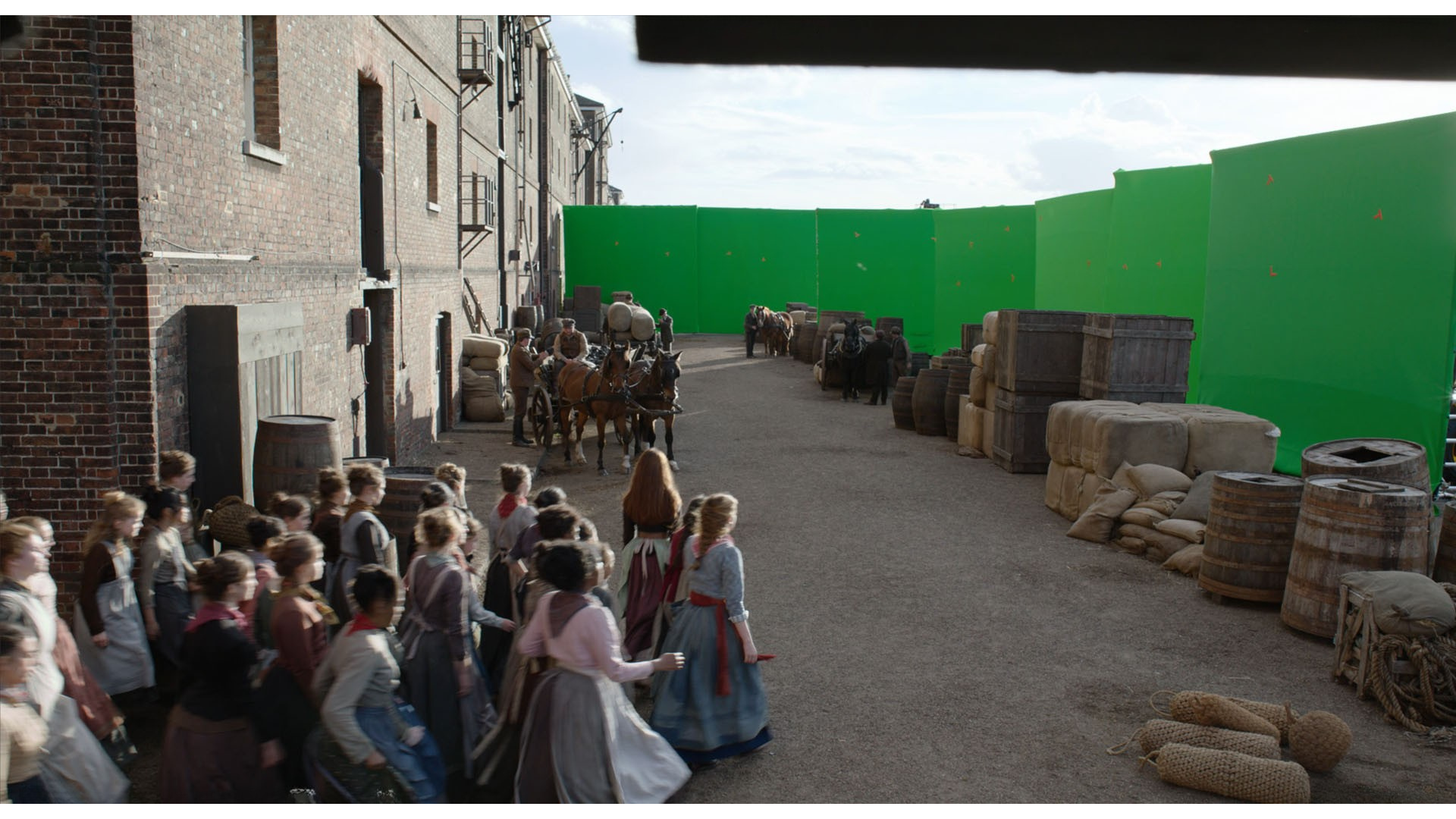
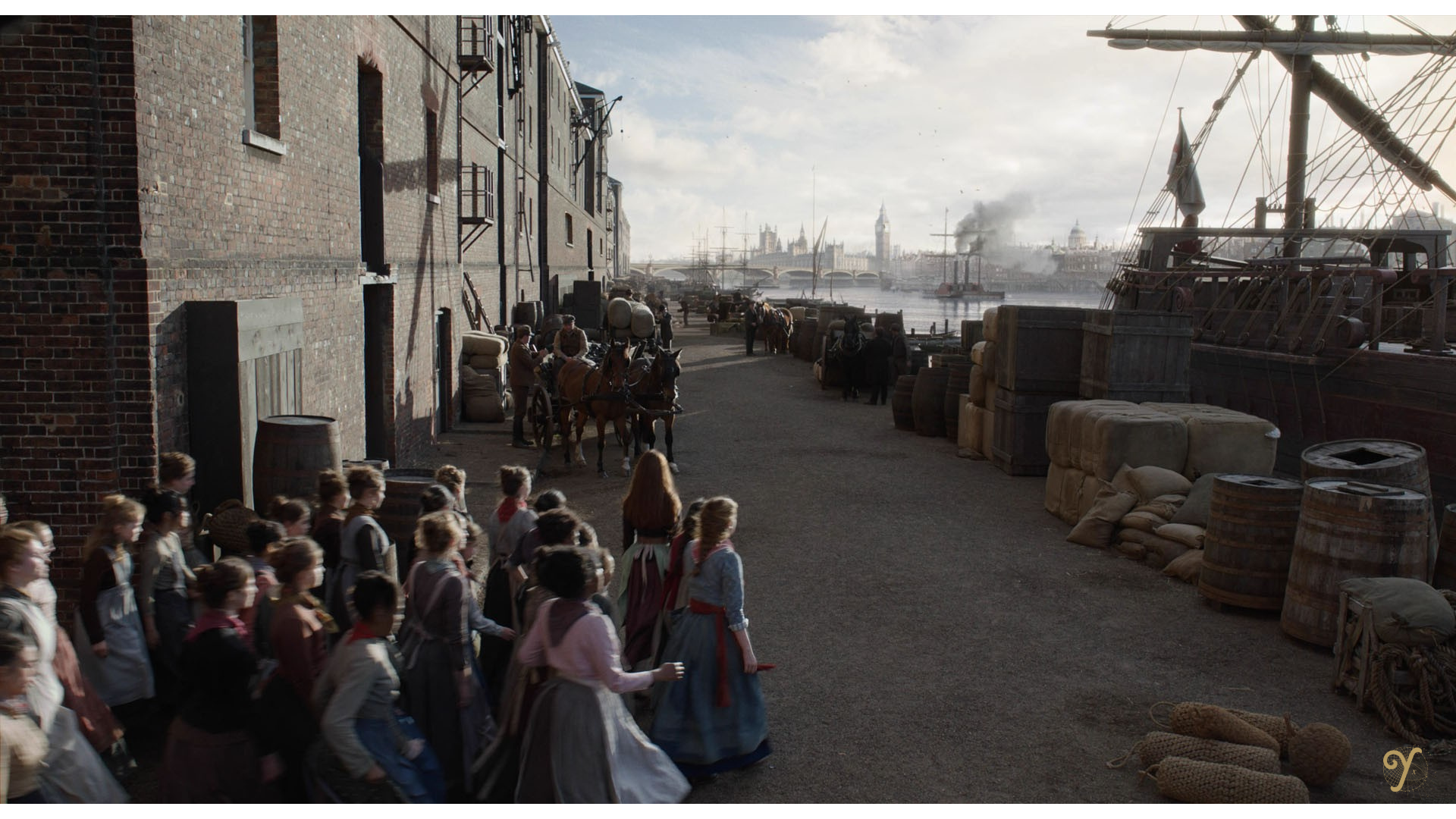
Time constraints are another challenge. As artists, we always want to push further—refine details, explore creative alternatives—but we must also know when to step back. Given the energy and involvement we put in our work, it is not always easy to always keep in mind that what we create belongs to the film, not us. Our job is to serve the filmmaker’s vision, even if it means setting aside personal preferences.
Also, adaptability is key, as briefs evolve constantly. Assets may need to be adjusted, expanded, or completely reworked based on feedback. Staying flexible and focusing on the bigger picture ensures a smoother production process. Fortunately, we work with a great production team that helps us navigate these changes effectively.
Since you’ve joined The Yard, you’ve worked on a lot of projects. Do you have a favorite ?
At The Yard, I’ve had the opportunity to work on a wide range of projects, from “Minuscule 2” to the historic settings of Enola Holmes 2 and All The Light We Cannot See, to the futuristic world of Halo – Season 2 or the fantastic The Rings of Power- Season 2. Each project has brought its own creative challenges, which is something I truly enjoy.
I’ve always had a preference for heroic fantasy and sci-fi, so working on The Rings of Power, was particularly exciting. That said, I also loved working on Enola Holmes 2—there’s something exhilarating about immersing yourself in the Sherlock Holmes universe. Minuscule 2 was another standout experience, as it required a deep dive into macroscopy, which was both challenging and fun.
Some of the projects Gregory has worked on at The Yard VFX :
For me, the real joy is in the process—the act of creating, rather than the final product. I particularly enjoy working on vehicles and props, and intricate objects where I can refine details and push realism. The more opportunities I have to focus on precision and craftsmanship, the more fulfilling the work becomes. I love the challenge of bringing assets to life, no matter the genre.
What major evolutions do you see upcoming in your field ?
In my field, change is a daily occurrence. New software, tools, and features are constantly emerging, and part of my job is to evaluate whether they genuinely enhance our workflow. Today, we have a wide range of specialized tools—whereas before, texturing relied solely on Photoshop, we now have an entire suite of dedicated software.
The industry is highly adaptive. If a new tool truly improves efficiency, we integrate it. But not every innovation is necessary—sometimes, it’s about knowing what to adopt and what to ignore so that you add the most valuable string to your bow.
When photogrammetry first emerged, some artists feared it would replace their jobs. While it has transformed the way we work, artists are still essential for refining, cleaning up, and perfecting the results. As many tool, it also has its limitations, as it relies on existing images. In the end, it has become just another tool in our arsenal, and I hope AI will follow a similar path. Technology will continue to evolve, but artistic vision and human creativity remain irreplaceable.
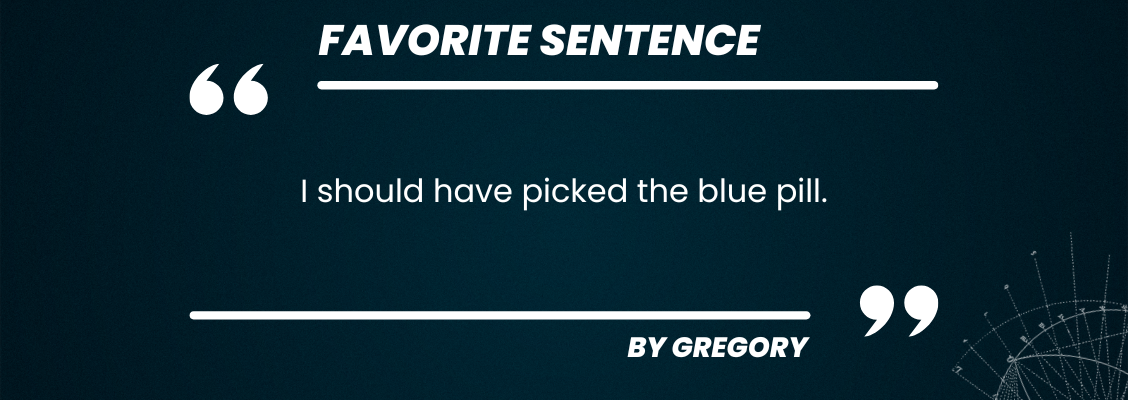
Any advice for students interested in specializing in assets design ?
First, take the time to understand how different departments work, what they need to deliver, and how they interact. Acquiring knowledge across multiple departments helps you understand the full production pipeline and the constraints each team faces. Knowing how your work will be used downstream allows you to create assets that integrate smoothly and avoid issues later on.
That said, if you’re passionate about a specific area, don’t hesitate to specialize. Follow what excites you and push your skills in that direction.
Resilience is key. This job demands energy and emotional investment—you pour a lot of yourself into it. Learning to give your best while also detaching yourself when needed is essential.
For asset work specifically, being highly observant is crucial. Pay attention to details, to how things function, and how they could function. Develop an interest in physics, mechanics, and electronics—even areas you wouldn’t naturally explore. The more curious and open-minded you are, the better an asset artist you’ll become.
